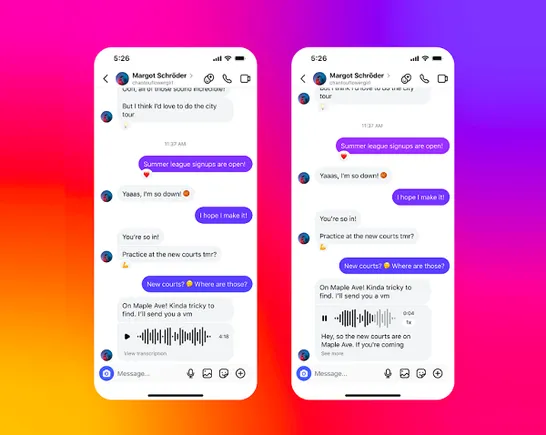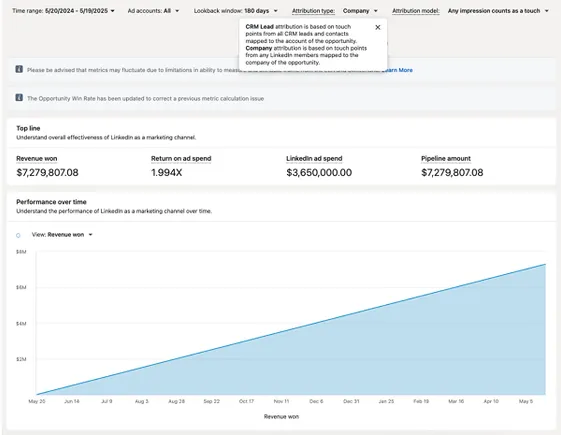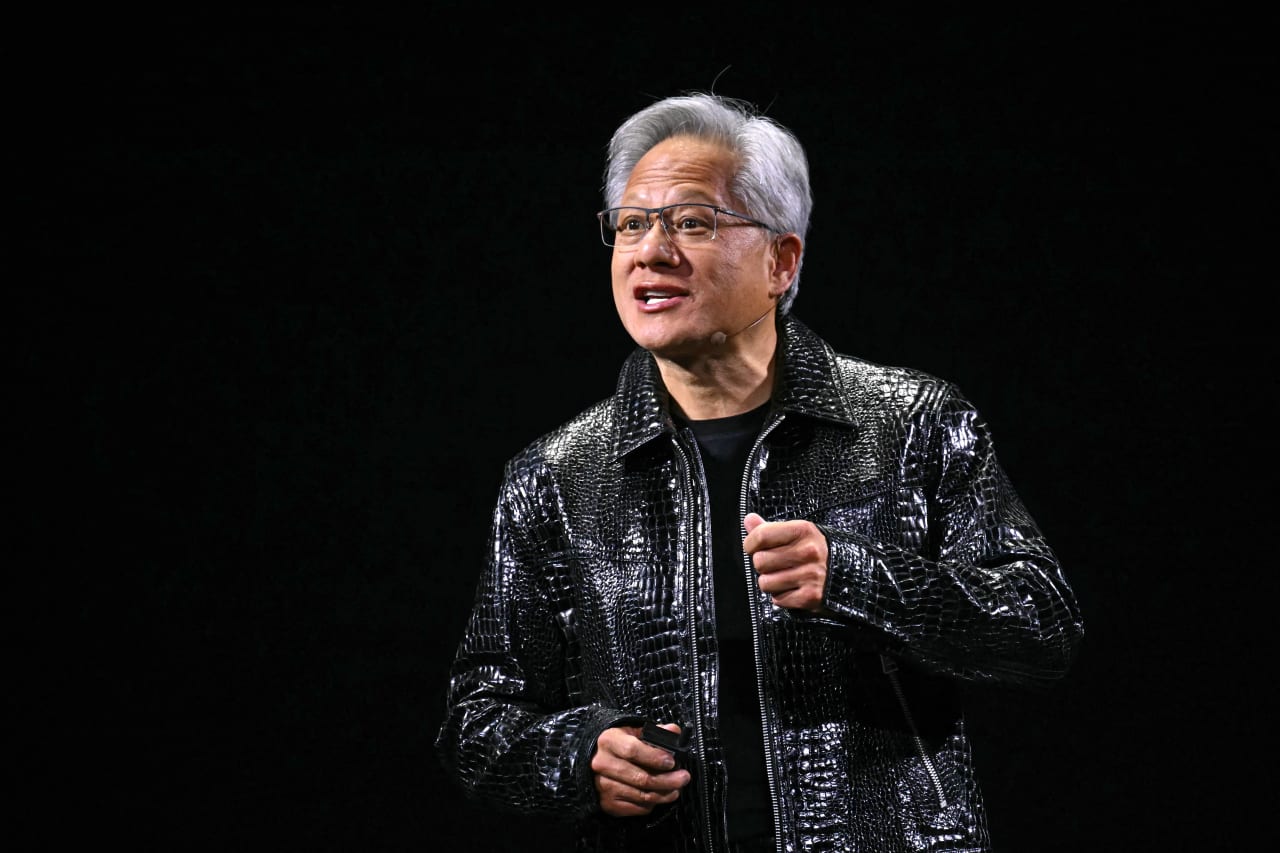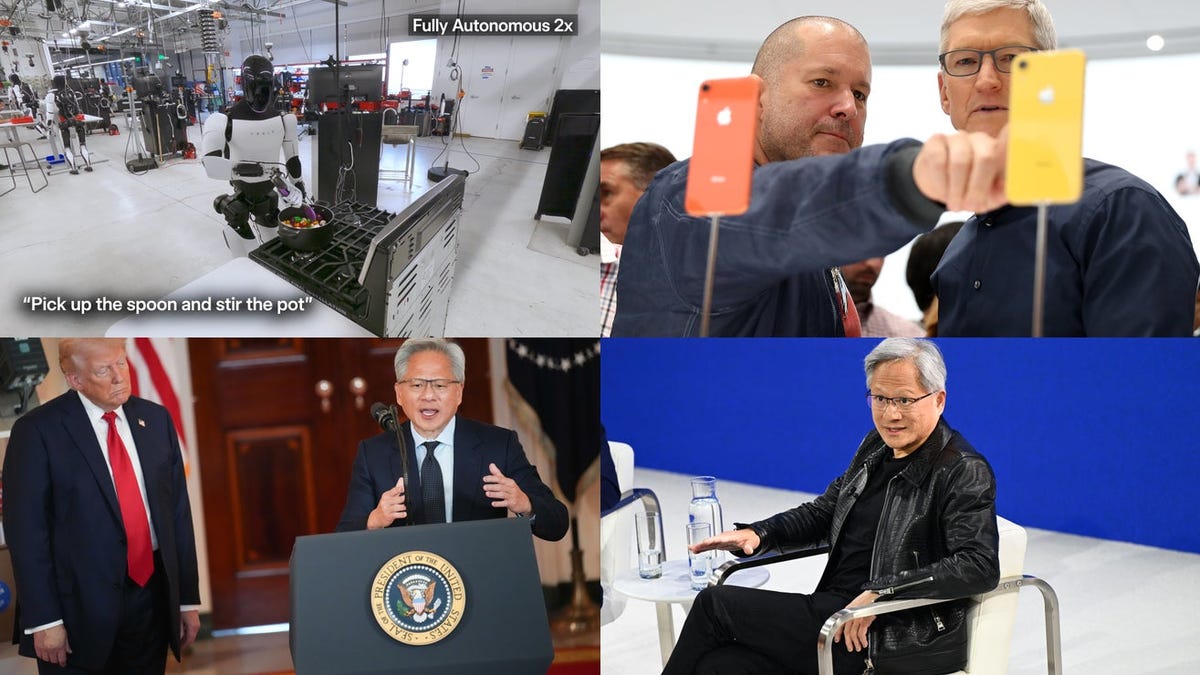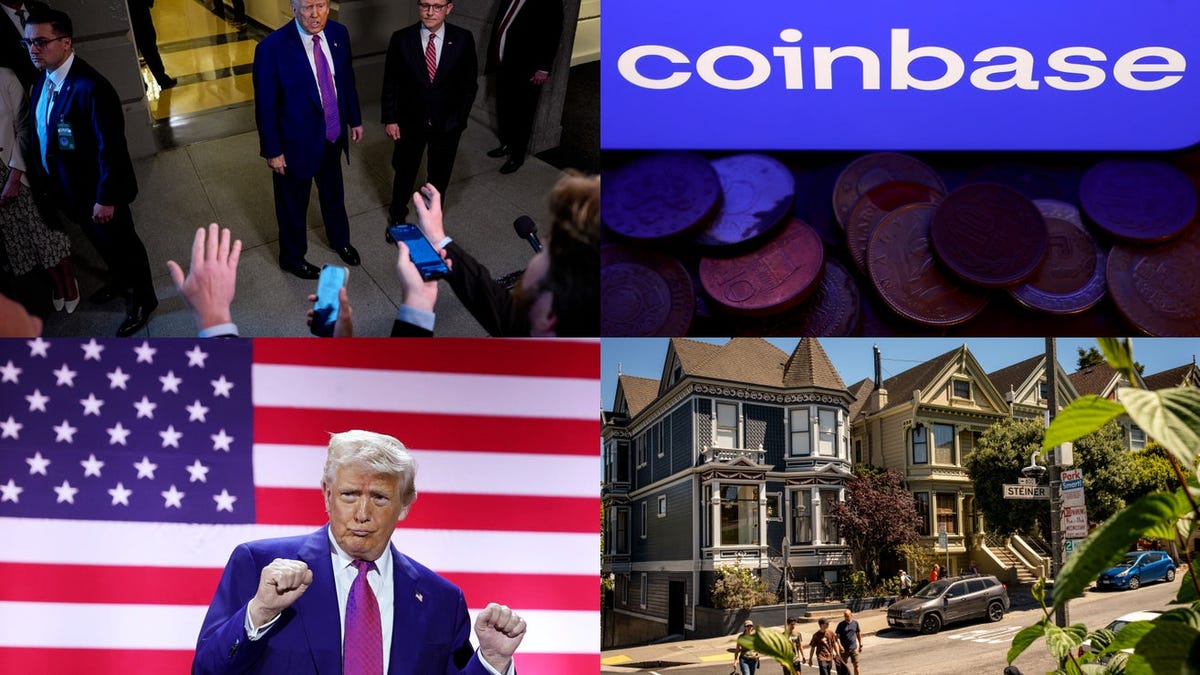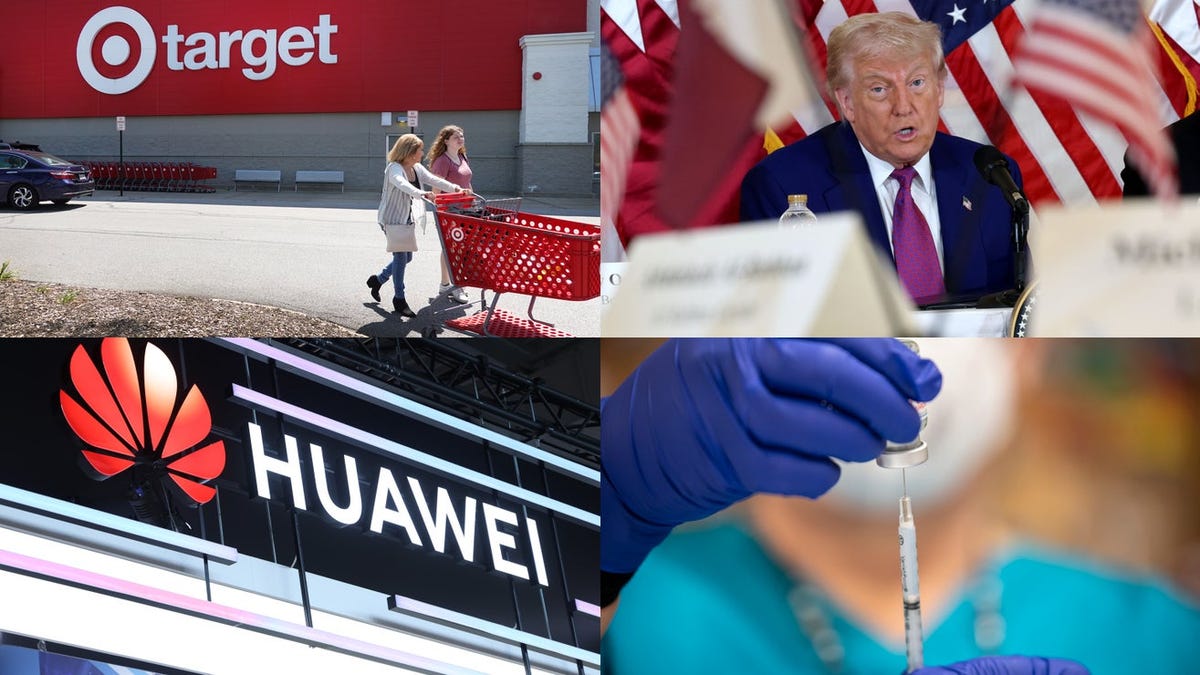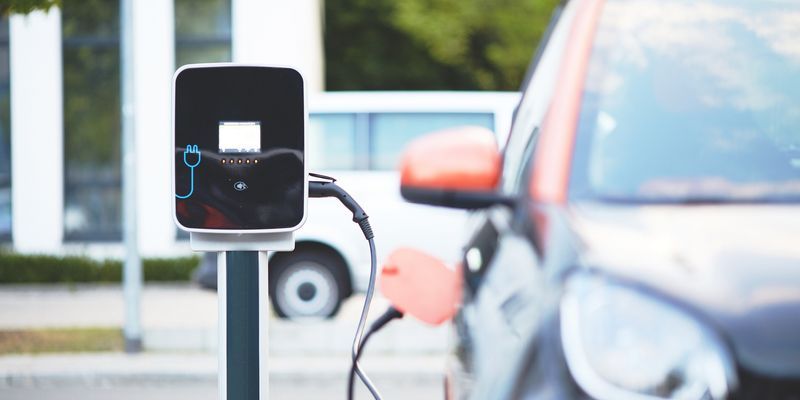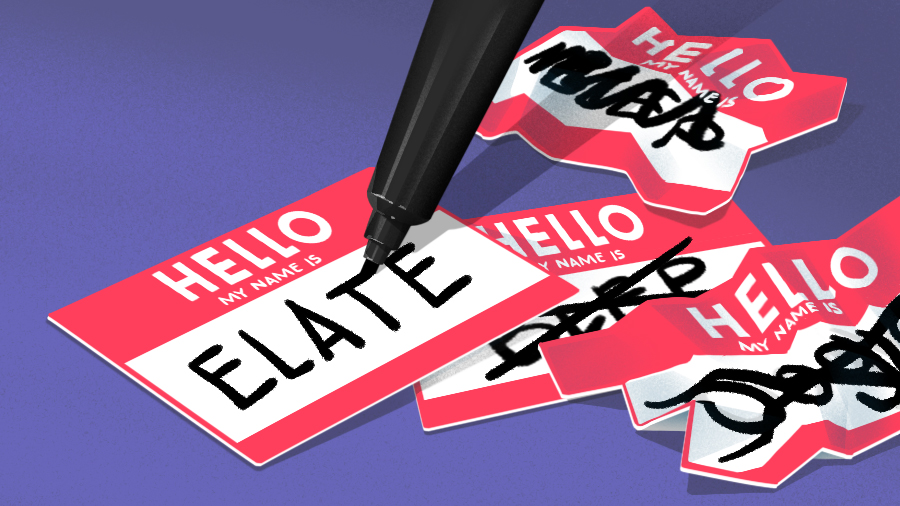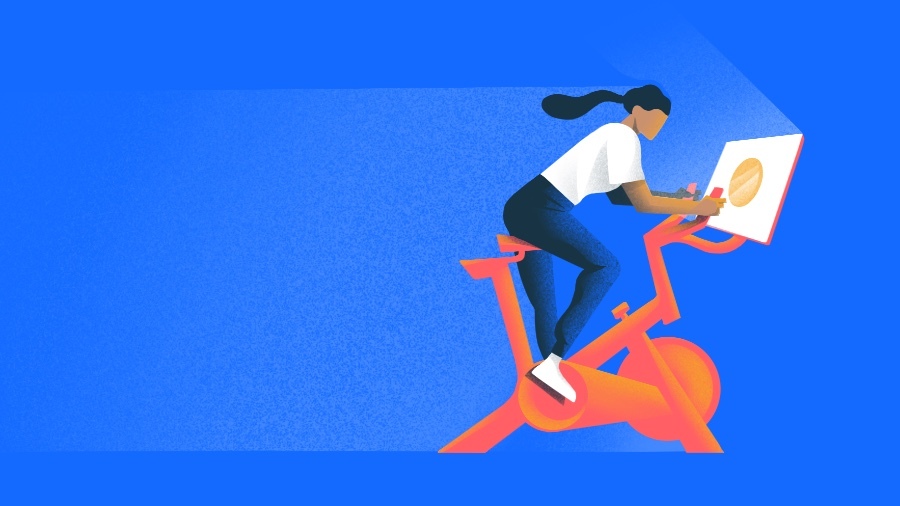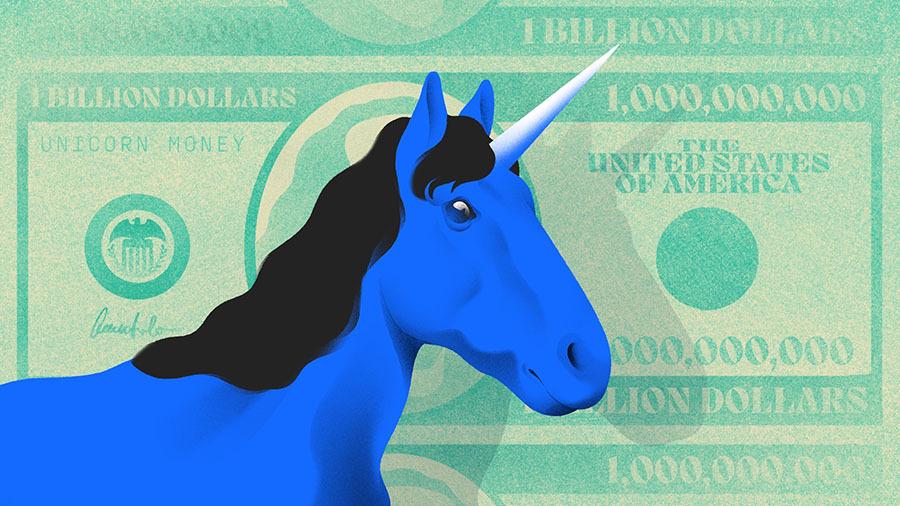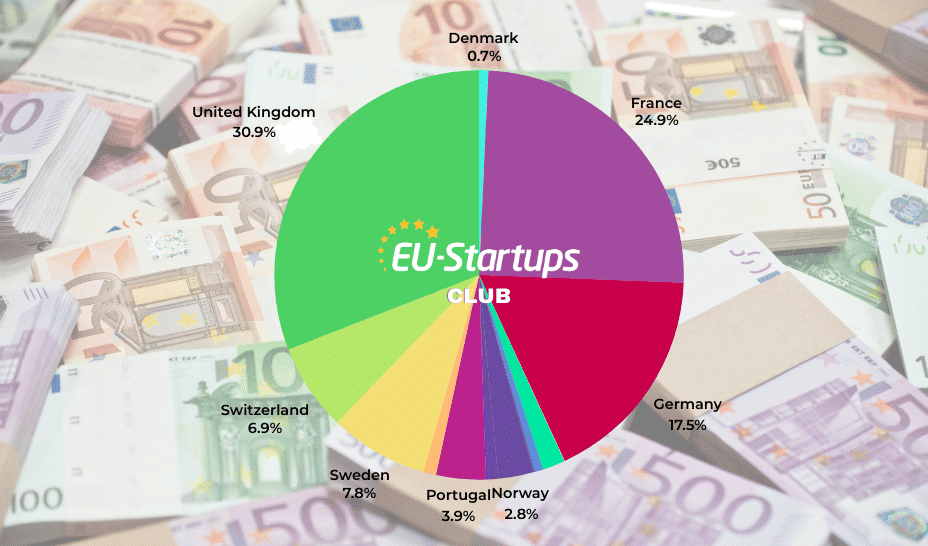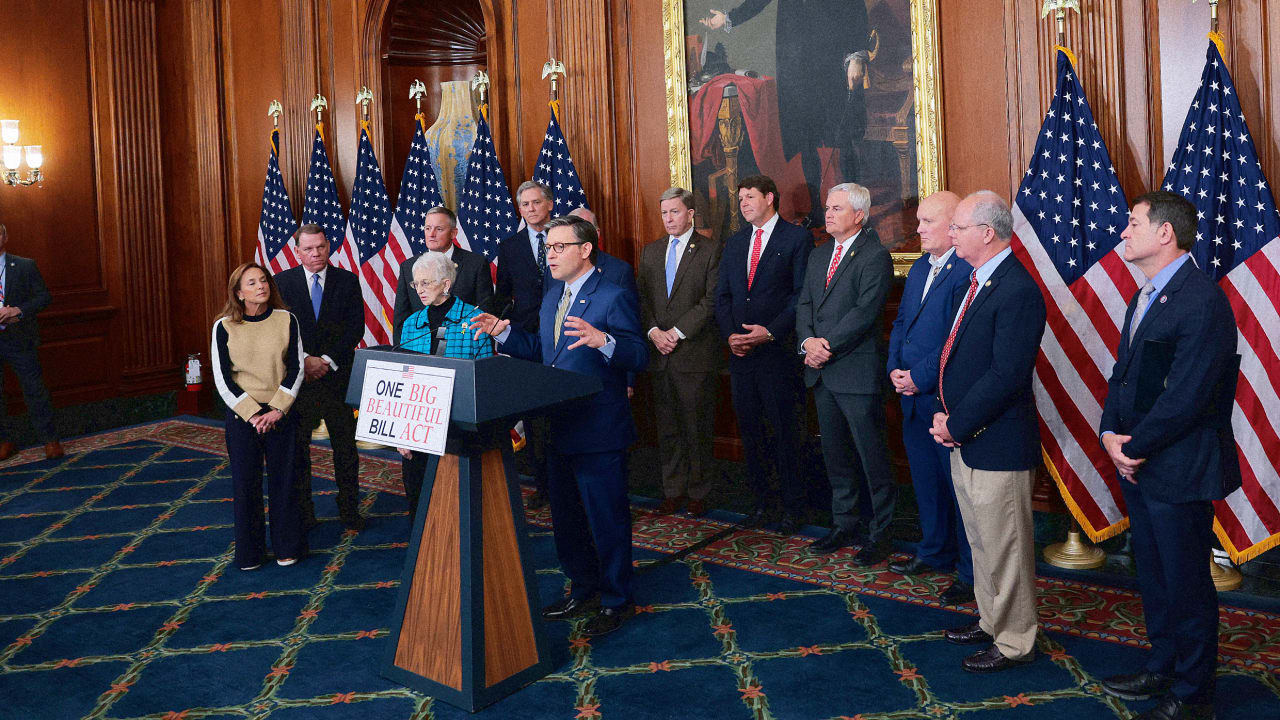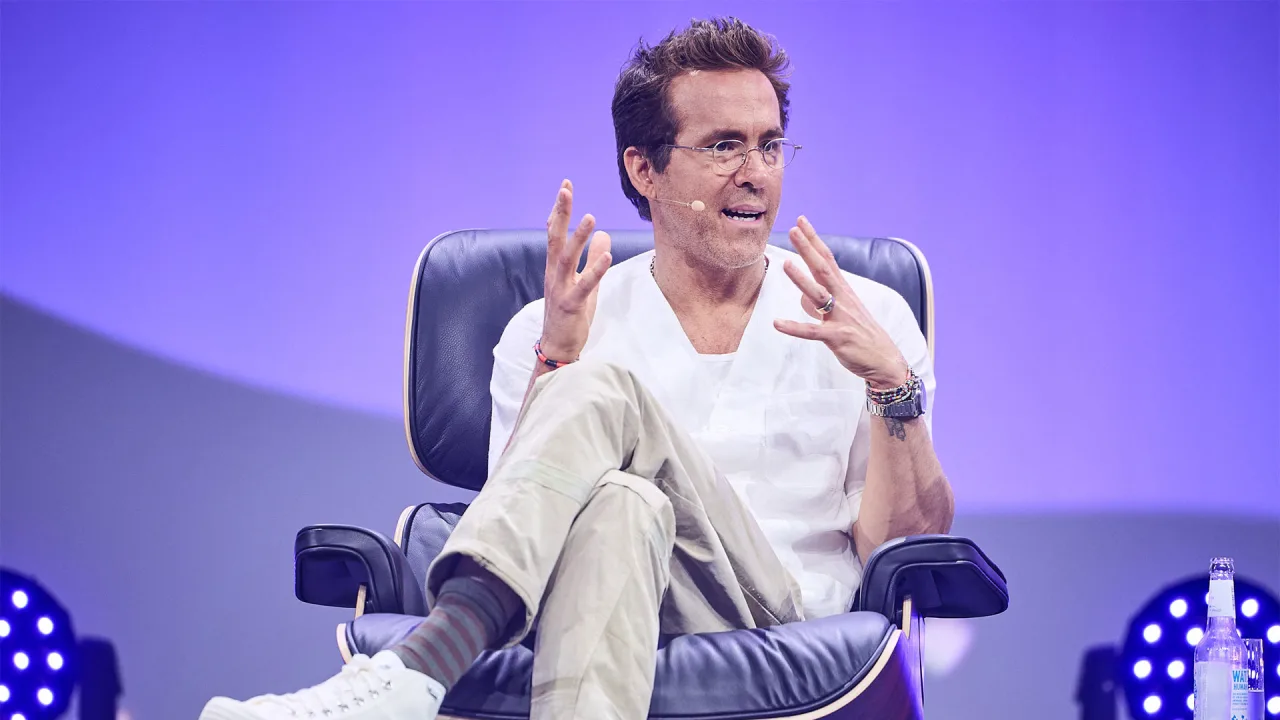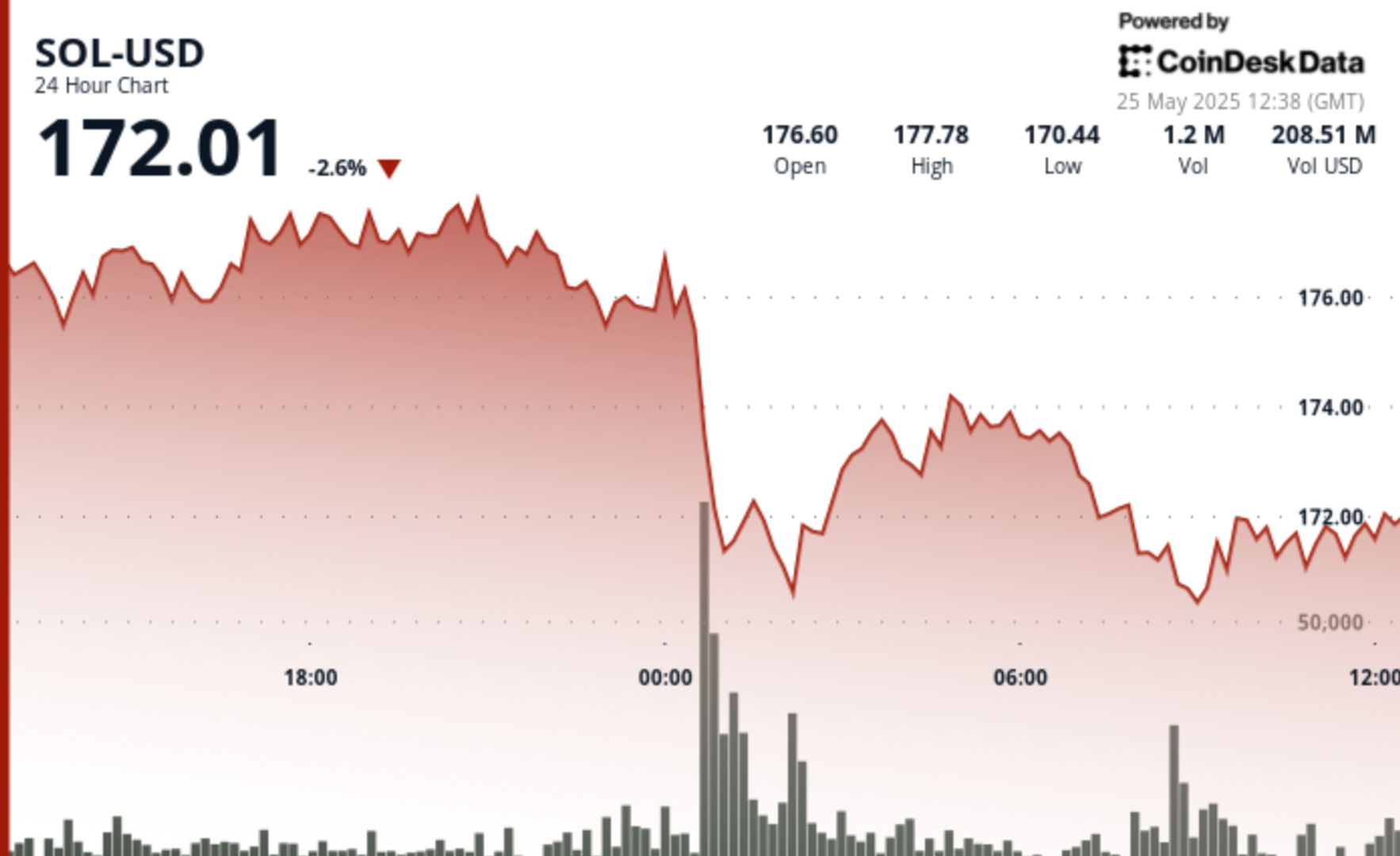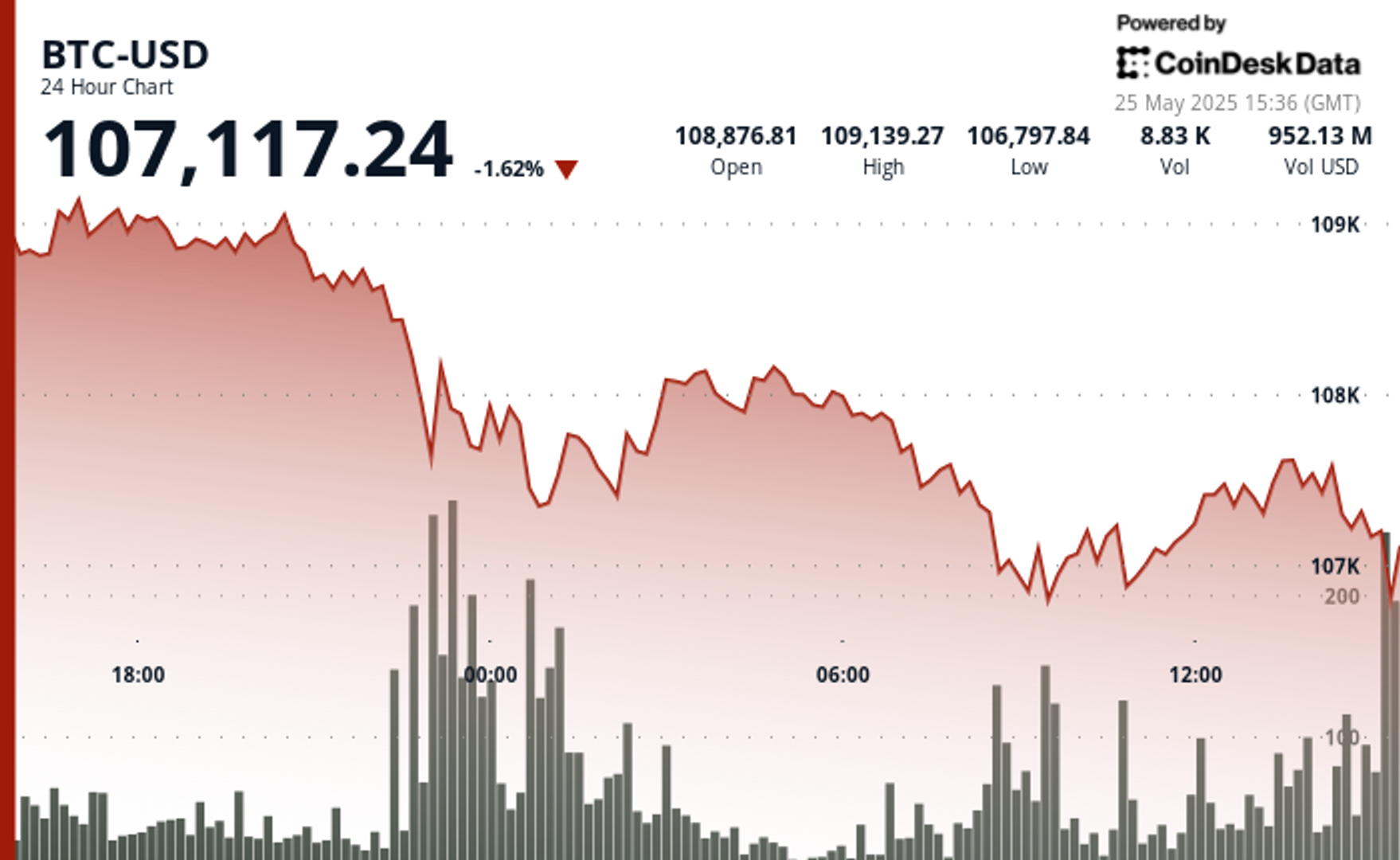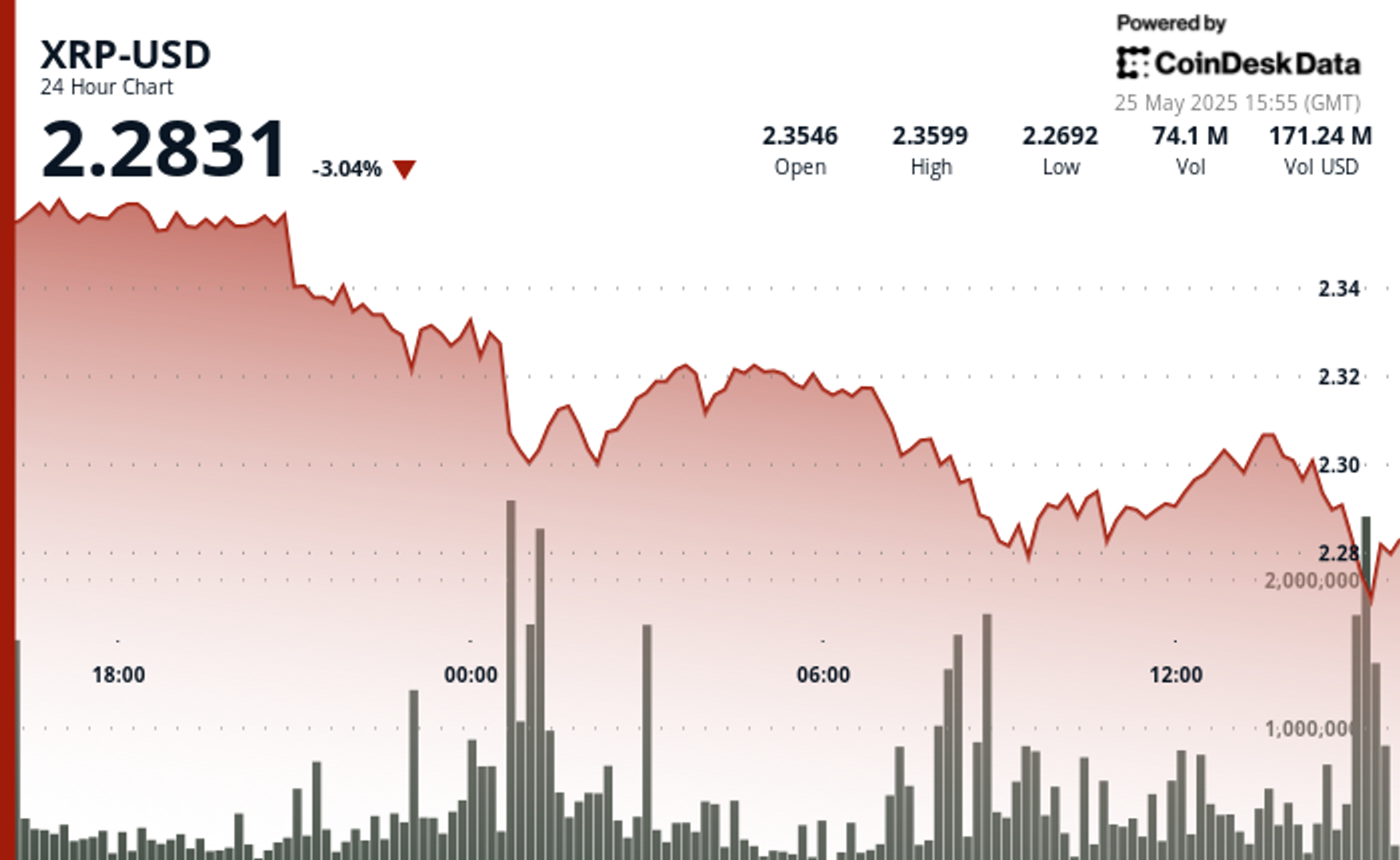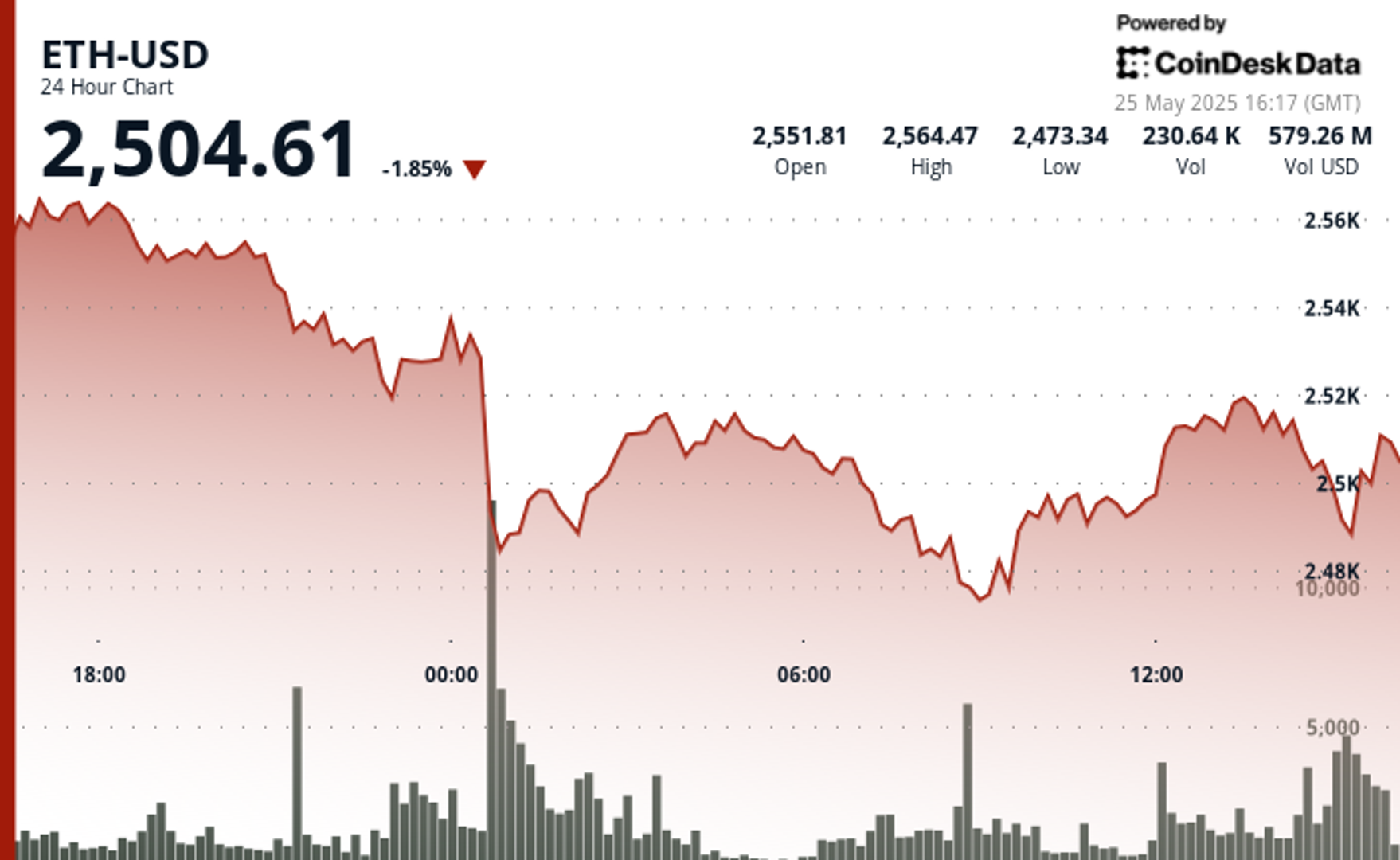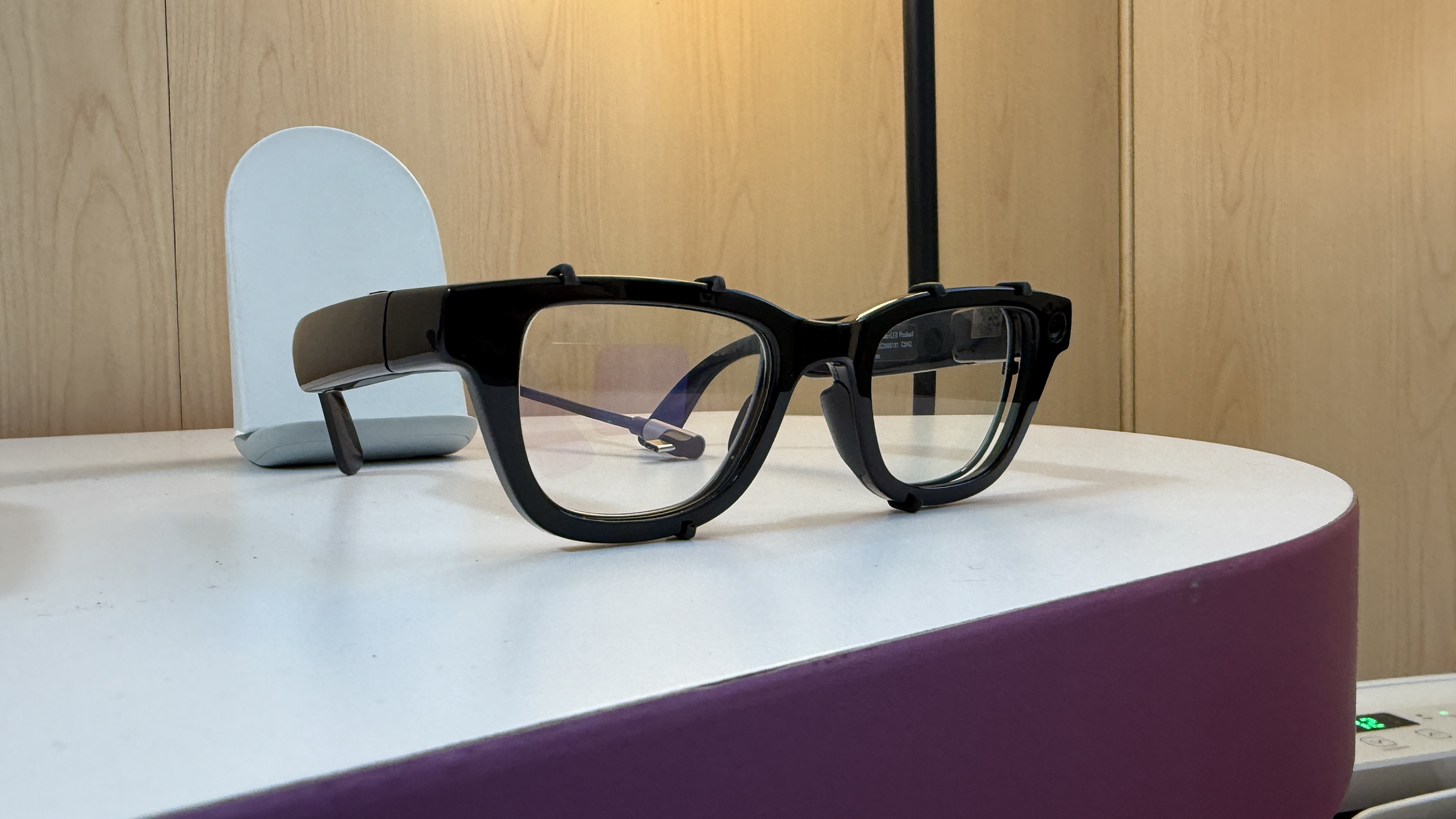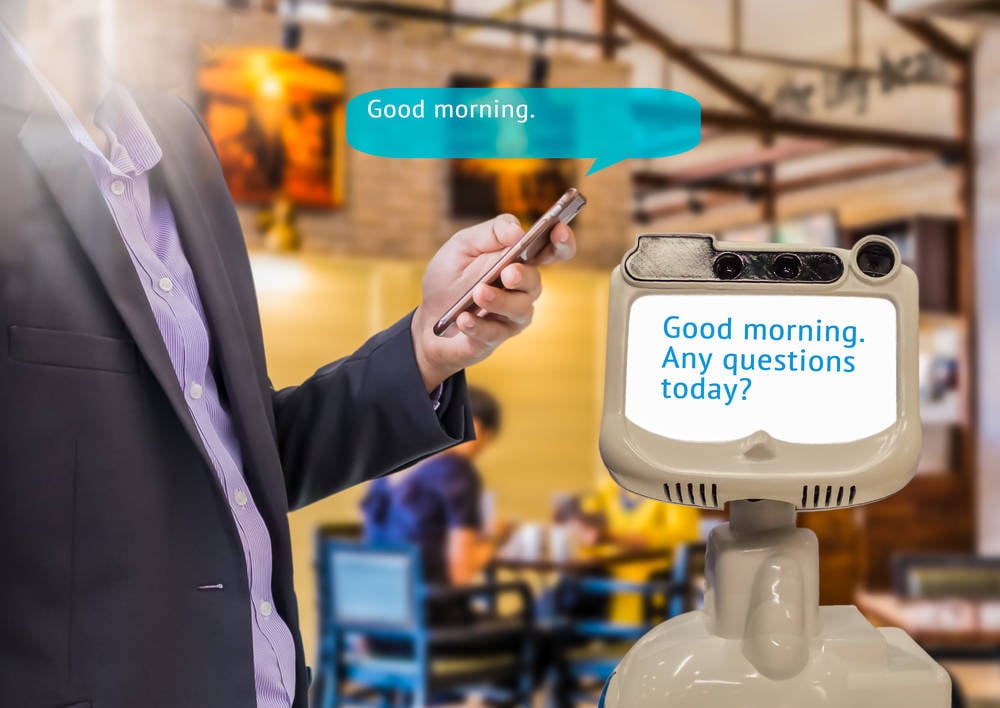AI Is Replacing Women's Jobs Specifically
With under three years of mass-market artificial intelligence available to consumers, businesses in nearly every industry have flocked to the tech like antivaxxers to a multi-level marketing scheme. By 2024, more than 50 percent of companies with more than 5,000 employees were using AI. For the penny pinching boss, AI represents the promise of rising productivity and lower overhead cost — also known as wages. As workers around the world grow anxious at the idea of an AI future dominated by just a few massive tech monopolies, the race to AI adoption is already having a noticeable effect on job […]


With under three years of mass-market artificial intelligence available to consumers, businesses in nearly every industry have flocked to the tech like antivaxxers to a multi-level marketing scheme.
By 2024, more than 50 percent of companies with more than 5,000 employees were using AI. For the penny-pinching boss, AI represents the promise of rising productivity and lower overhead cost — also known as wages, which were traditionally paid to pesky human employees.
Now, though, as workers around the world grow anxious at the idea of an AI future dominated by a few massive tech monopolies, the race to AI adoption is already having a noticeable effect on job markets.
Thanks to AI, the number of young college grads entering the workforce hit an all-time low, full-time salary jobs are becoming gigified, and lying on resumes is now the norm as the job search becomes a nightmarish hell.
Though rich tech tycoons like Marc Andreessen would have you believe that tech gadgetry has a magical power to free us all, history has shown us that technological development often sharpens existing inequalities instead of the other way around. (That trend has been observed by scholars ranging from Albert Einstein to Stephen Hawking, well before mass-market AI hit the scene.)
Indeed, AI has already shown a surprising amount of gender and race bias thanks to the data it's trained on, and experts warn that this combination of prejudiced software with a massive global rollout is already driving exploitation.
As such, it's no surprise that AI is likely to increase the gender gap in employment, according to an updated report from the United Nations' International Labour Organisation (ILO.)
The report builds on estimates made in 2023 on the automation risk facing different jobs thanks to AI. The new analysis found that in high-income countries like the US, women's risk for "high automation potential" rose to 9.6 percent, up from 7.8 just two years ago.
That's three times the risk faced by men today at 3.5 percent, which also rose from 2.9 percent in 2023.
Interestingly, the study also found that one in three workers in rich countries face "some degree of exposure" to automation, compared to the world average of one in four.
The ILO report also points out that the nature of jobs frequently held by women in wealthy nations — like administrative, clerical, and data entry roles — are primed for automation by AI.
Sociologists have noted that the gender gap in labor hours worked has narrowed significantly in recent years — meaning men and women work close to the same quantity of hours. However, the gender pay gap still persists as women's share of work goes less toward jobs and more into household tasks compared to men.
With AI supposedly poised to "revolutionize work," it will take substantial change in our current labor environment to safeguard women from AI-driven austerity.
More on AI: Executives Are Pouring Money Into AI. So Why Are They Saying It's Not Paying Off?
The post AI Is Replacing Women's Jobs Specifically appeared first on Futurism.




